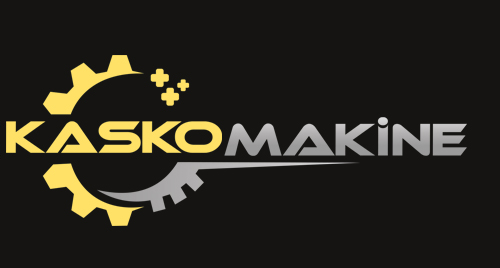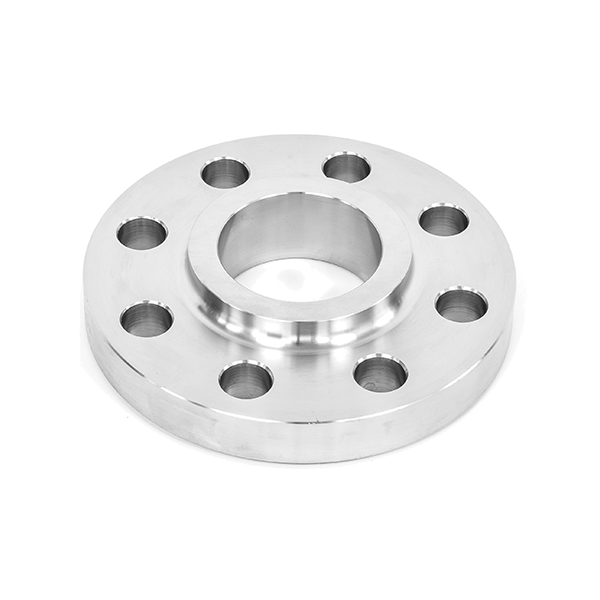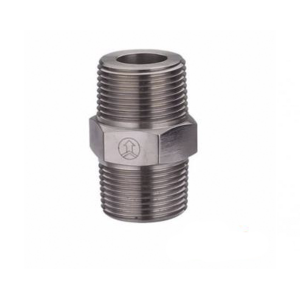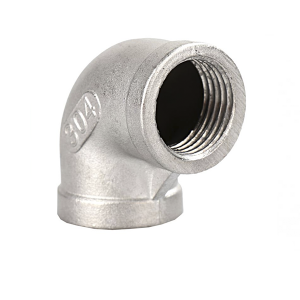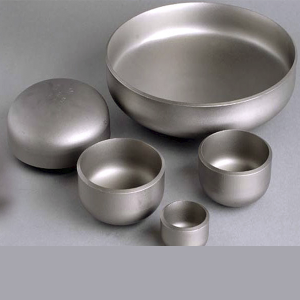Slip-On flanges or SO flanges are commonly lower in price than weld-neck flanges, and to this effect are a popular choice for our customers.
Slip-On Pipe Flanges. As made obvious by their name, these pipe flanges slip over the pipe. They’re manufactured with an inside diameter that is slightly bigger than the pipe’s outside diameter. These attachments are connected to the pipe via fillet weld at the top and bottom of the flange.
Slip-on flanges are all bored slightly larger than the O.D. of the pipe. They are preferred over welding neck flanges bu many users due to their lower intial cost, but final intallation cost is probably not much less than that of the welding neck flange because of the additional welding involved.
Advantages of slip on flanges:
– Low cost installation
– Less time needed to spent on ensuring the accuracy of the cut pipe
– They are somewhat easier to align
– The slip-on flanges have low hub because the pipe slips into the flange before welding
– The flange is welded both inside and outside to provide sufficient strength
– They prevent leakage
Details of Slip On flange
A combination of flange and elbow or flange and tee is not possible, because named fittings have not a straight end, that complete slid in the Slip On flange.
Size: 1/2” to 60”, DN 12mm to DN 1500mm .
Pressure class: Class 150 to Class 2,500, PN 2.5 to PN 250
Facing: RF / RTJ
Material of Slip-on flange:
Slip on pipe flanges in stock include AWWA slip on pipe flanges, ANSI slip on pipe flanges, Pressure Vessel slip on pipe flanges and slip on pipe flanges that match the OD and drilling of ASME flanges. Cabon steel: A105, A350 LF2
Stainless steel: A182 F304/F304L/F316/F316L/F321
Alloy steel: F11, F12
Packing: plywood case and plywood pallet
